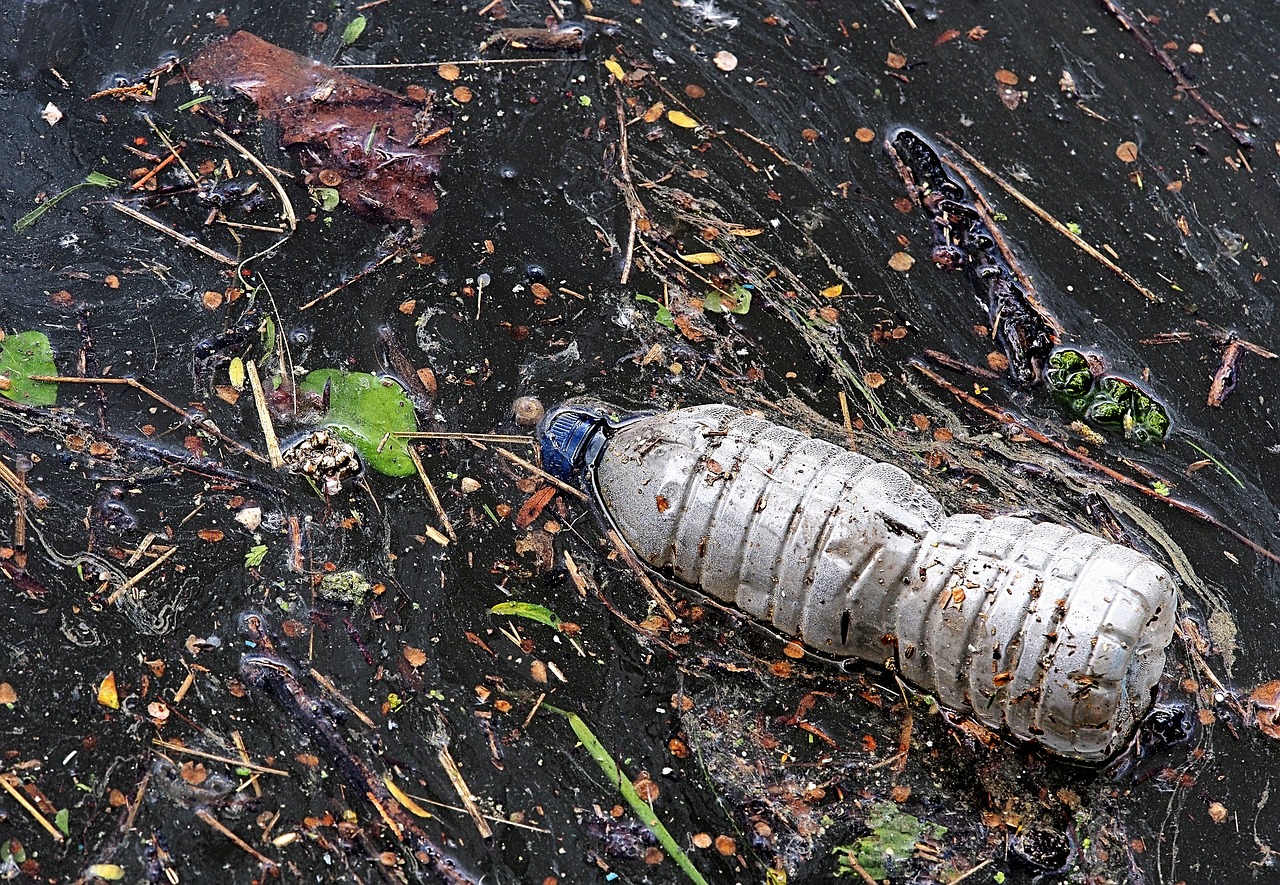Biodegradability is a key concept in sustainability and waste management. But what exactly is biodegradability? Simply put, biodegradability refers to the ability of a substance to break down naturally through the action of micro-organisms such as bacteria, fungi and other biological agents. In this article, we will explore in depth the definition and process of biodegradability, examine its importance for the environment and discuss the challenges associated with the use of biodegradable materials.
Biodegradability explained

Biodegradability is a natural process by which organic substances are broken down into simple elements such as water, carbon dioxide and biomass. This process is essential to the cycle of life, as it allows nutrients to be recycled back into the environment. Biodegradable materials are designed to break down easily, making them more environmentally friendly than non-biodegradable materials such as plastic.
The first biodegradable materials date back thousands of years, with products made from organic materials such as wood, cotton and paper. However, with the advent of modern industry, synthetic materials have taken over, causing considerable environmental problems. Non-biodegradable products accumulate in landfill sites and oceans, creating persistent pollution.
Biodegradable materials are designed to overcome these problems. They are made from renewable sources and are broken down by micro-organisms into non-toxic elements. This reduces their environmental impact and helps to reduce waste. For example, seeded paper, made from recycled paper and seeds, decomposes naturally and nourishes the soil when planted.
However, not all biodegradable materials decompose at the same rate. Environmental conditions, such as temperature, humidity and the presence of micro-organisms, play a crucial role in decomposition. For example, a piece of biodegradable paper may decompose in a few weeks in a composter, but take several months in less favourable conditions.
It is important to note that biodegradability does not mean that the material breaks down instantly or without leaving a trace. The process can take time, and some materials can leave residues. However, the overall impact on the environment is significantly less than that of non-biodegradable materials, which can persist for centuries.
Standards and certification play a crucial role in promoting biodegradability. Organisations such as ASTM and ISO have established criteria for determining whether a product can be described as biodegradable. These standards help consumers and businesses to make informed choices and promote sustainable practices.
In addition, research and development in the field of biodegradable materials continues to advance. Innovations such as bioplastics and plant-based polymers promise to make biodegradable products even more efficient and accessible. The growing adoption of these materials in various industries points to a promising future for reducing our overall ecological footprint.
The importance of biodegradability for the environment

Biodegradability is crucial to protecting our environment. It reduces waste, conserves natural resources and reduces our ecological footprint. By promoting the use of biodegradable materials, we can contribute to a healthier life cycle for our products and our planet.
One of the main benefits of biodegradability is the reduction in solid waste. Non-biodegradable products, such as plastics, accumulate in landfill sites and oceans, creating massive pollution. Biodegradable materials, on the other hand, decompose naturally and reintegrate into the ecosystem without causing any lasting damage.
Biodegradable materials also help to preserve natural resources. Non-biodegradable materials often require fossil resources for their production, contributing to the depletion of natural resources and increasing greenhouse gas emissions. By using biodegradable materials made from renewable sources, we can reduce our dependence on fossil resources and mitigate the impact of climate change.
Biodegradability also contributes to the health of ecosystems. When biodegradable products decompose, they nourish the soil and encourage plant growth. This creates a positive life cycle that supports biodiversity and local ecosystems. For example, seeded paper, as it decomposes, releases seeds that grow and enrich the soil, contributing to biodiversity.
Biodegradability also has a direct impact on water quality. Non-biodegradable products, particularly plastics, contaminate water sources and harm aquatic fauna. Microplastics, in particular, are ingested by fish and other marine organisms, disrupting food chains and aquatic ecosystems. Biodegradable materials, on the other hand, decompose without leaving harmful residues, preserving water quality.
The importance of biodegradability is also reflected in environmental policies. Many governments and international organisations encourage the use of biodegradable materials through regulations and incentives. These policies aim to reduce pollution, promote sustainable practices and protect the environment for future generations.
Businesses also play a crucial role in promoting biodegradability. Many companies are adopting sustainable practices by incorporating biodegradable materials into their products and packaging. This not only meets growing consumer demand for environmentally-friendly products, but also contributes to corporate social responsibility.
What's more, ongoing innovation in this field is opening up new possibilities for even more environmentally-friendly solutions. Technological advances are making it possible to develop biodegradable materials with improved properties, such as faster decomposition or greater resistance, which can broaden their application in different sectors.
The challenges and opportunities of biodegradability

Biodegradability has many advantages, but it is not without its challenges. To maximise the environmental benefits of biodegradable materials, it is essential to overcome these obstacles and explore the opportunities they offer.
One of the main challenges of biodegradability is decomposition under sub-optimal conditions. Biodegradable materials require specific conditions, such as adequate temperature and humidity, to decompose effectively. In landfill sites, where these conditions are not always present, decomposition can be slow and incomplete. To solve this problem, it is crucial to improve composting and recycling infrastructures, and to encourage home composting practices.
Another challenge is the cost of production. Biodegradable materials can be more expensive to produce than their non-biodegradable counterparts due to the processes and materials used. However, as demand increases and technology advances, costs should come down. Government incentives and policies favouring biodegradable products can also help reduce costs and encourage their widespread adoption.
Consumer awareness and education are also crucial. Many people do not fully understand the benefits of biodegradable materials or how to use them correctly. Awareness campaigns and educational programmes can play a key role in informing the public about the importance of biodegradability and encouraging them to adopt sustainable practices.
Despite these challenges, biodegradability offers enormous opportunities for innovation and sustainable growth. Companies can differentiate themselves in the marketplace by offering biodegradable products, responding to growing consumer demand for eco-friendly products. Biodegradable materials can also open up new markets and create opportunities for the development of new products and services.
Innovations in biodegradable materials continue to make headway. For example, researchers are developing bioplastics from renewable sources such as algae, corn and agricultural waste. These new materials promise faster decomposition and improved properties compared with traditional biodegradable materials.
Collaboration between the public and private sectors can also stimulate innovation in biodegradability. Partnerships between governments, businesses and research institutes can lead to technological advances and sustainable solutions. For example, subsidy programmes and research initiatives can support the development of new biodegradable materials and improve composting and recycling infrastructures.
In short, biodegradability presents both challenges and enormous opportunities. By overcoming these obstacles and exploring the new possibilities offered by biodegradable materials, we can create a more sustainable and environmentally friendly future. The joint efforts of governments, businesses and consumers can transform the way we produce and consume, making biodegradability a standard in our quest for a greener future.
In conclusion, biodegradability is an essential concept for sustainability and the protection of our environment. By understanding the definition and process of biodegradability, we can better appreciate its importance and the benefits it offers. While challenges remain, the opportunities for innovation and sustainable growth are many.
By adopting biodegradable materials, we can reduce waste, conserve natural resources and protect biodiversity. Businesses, governments and consumers all have a role to play in promoting biodegradability and creating a greener future.
Ultimately, biodegradability is a simple but powerful solution to the environmental challenges we face. By continuing to support and promote biodegradable materials, we can all contribute to a healthier and more sustainable future for our planet.


